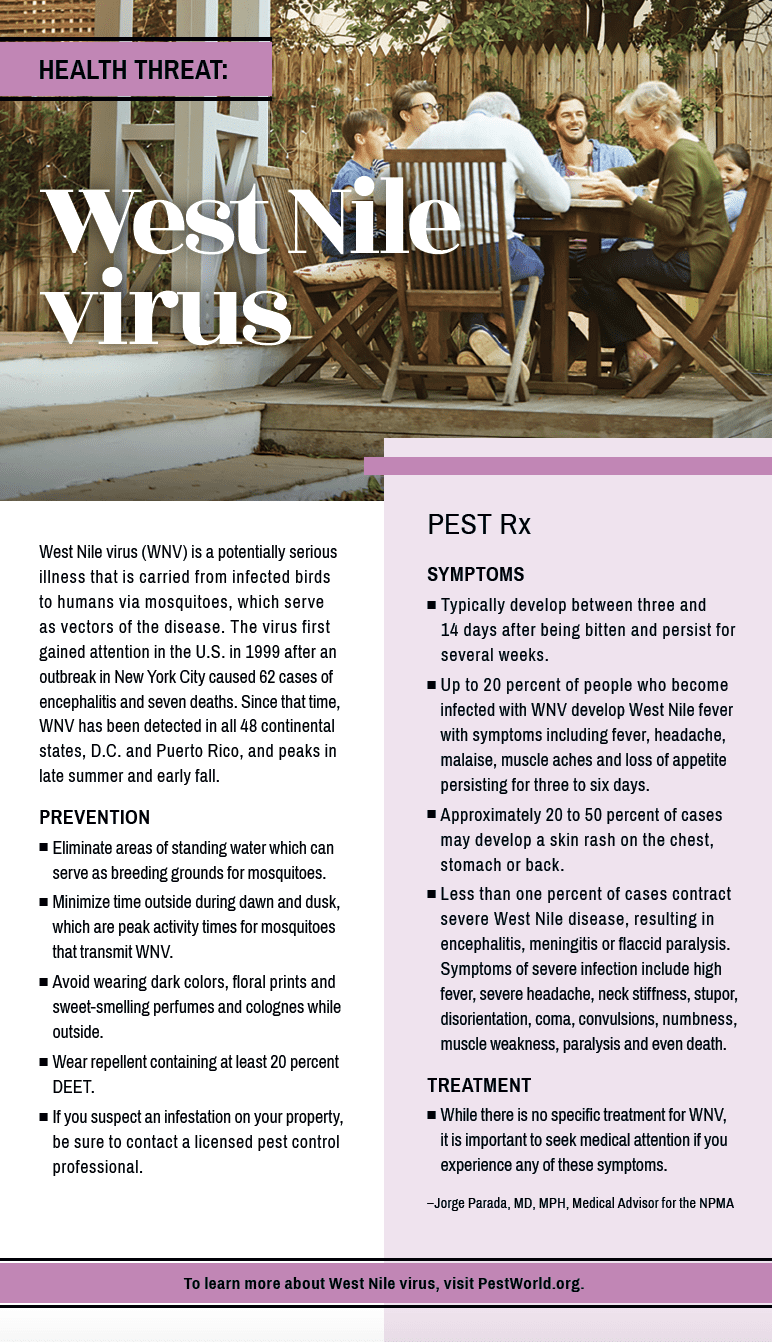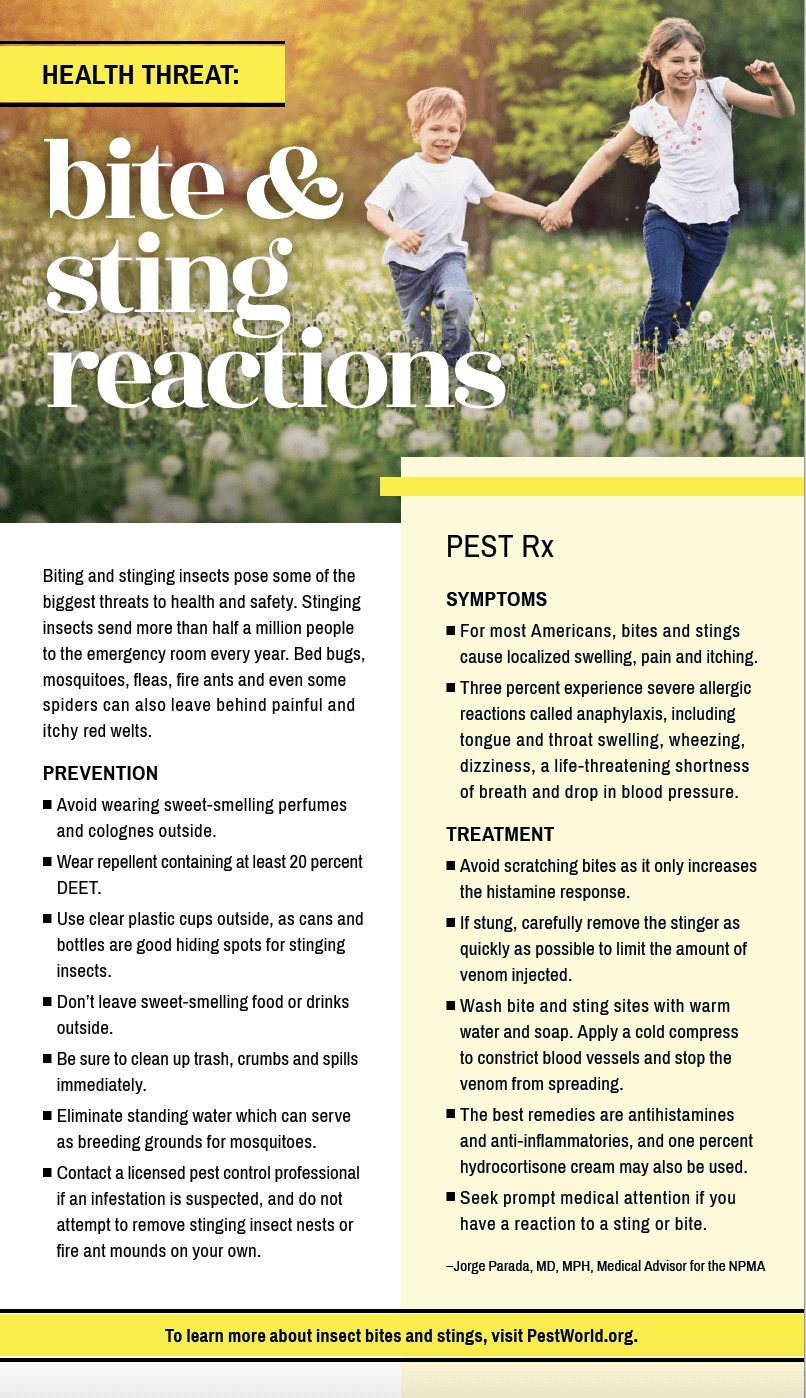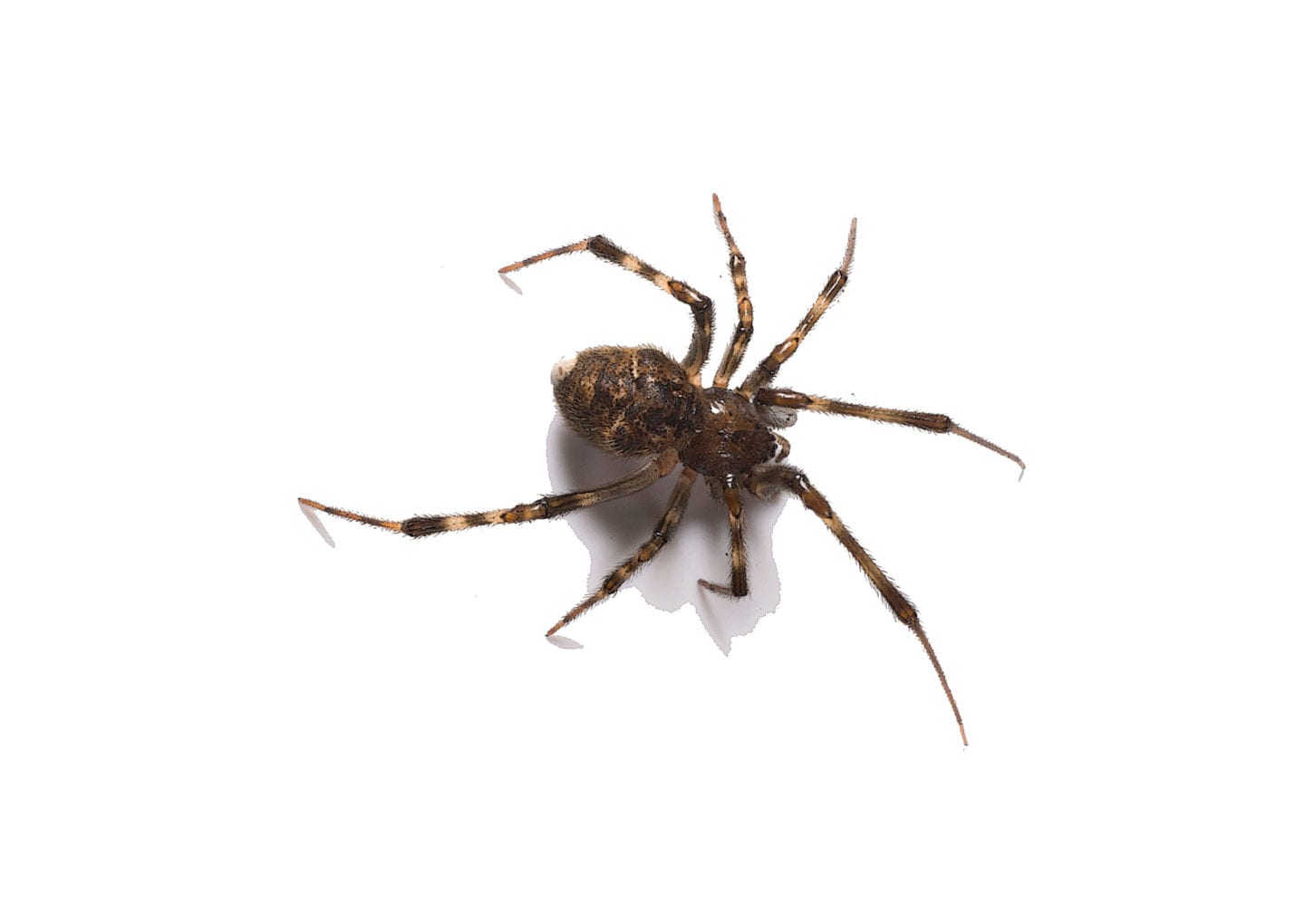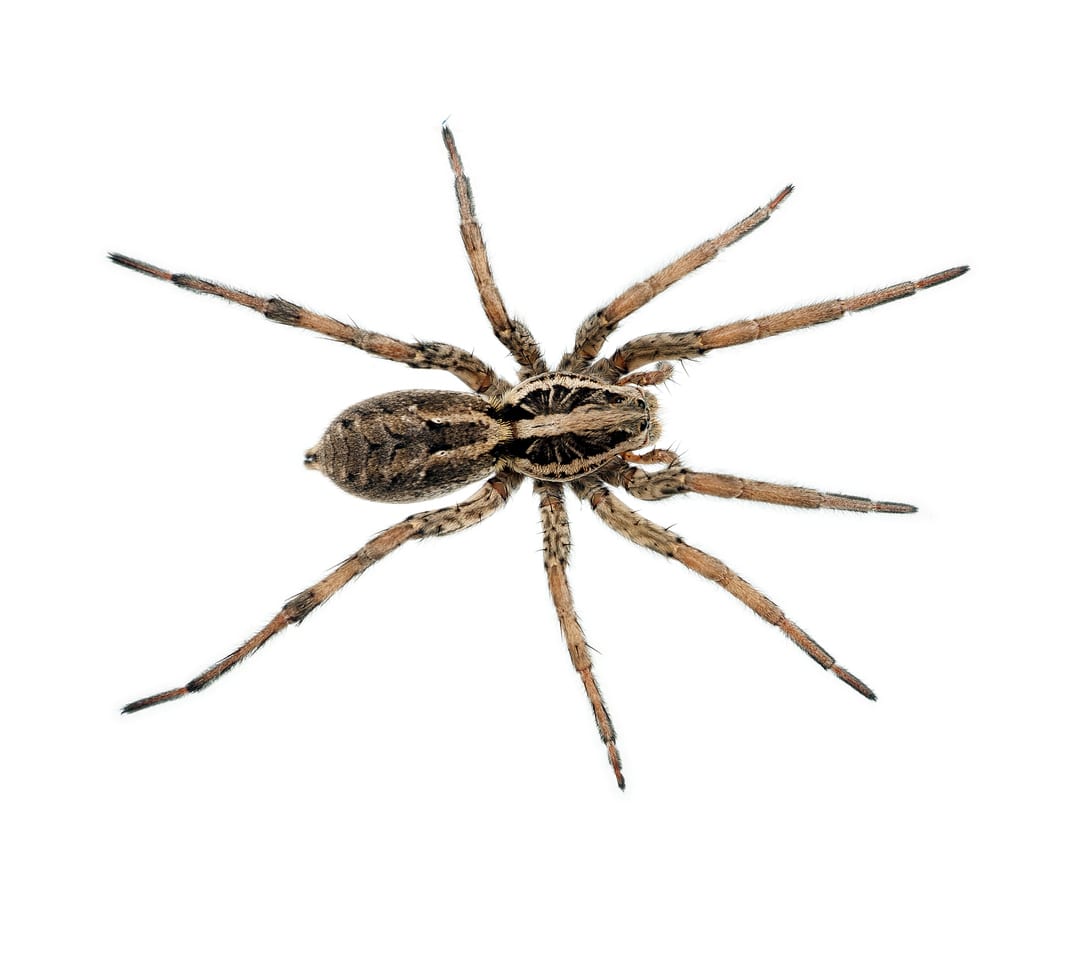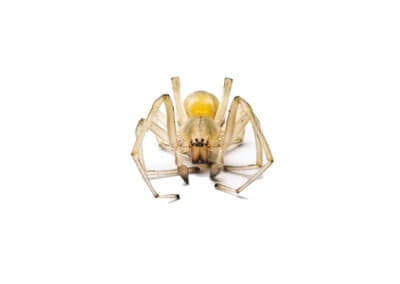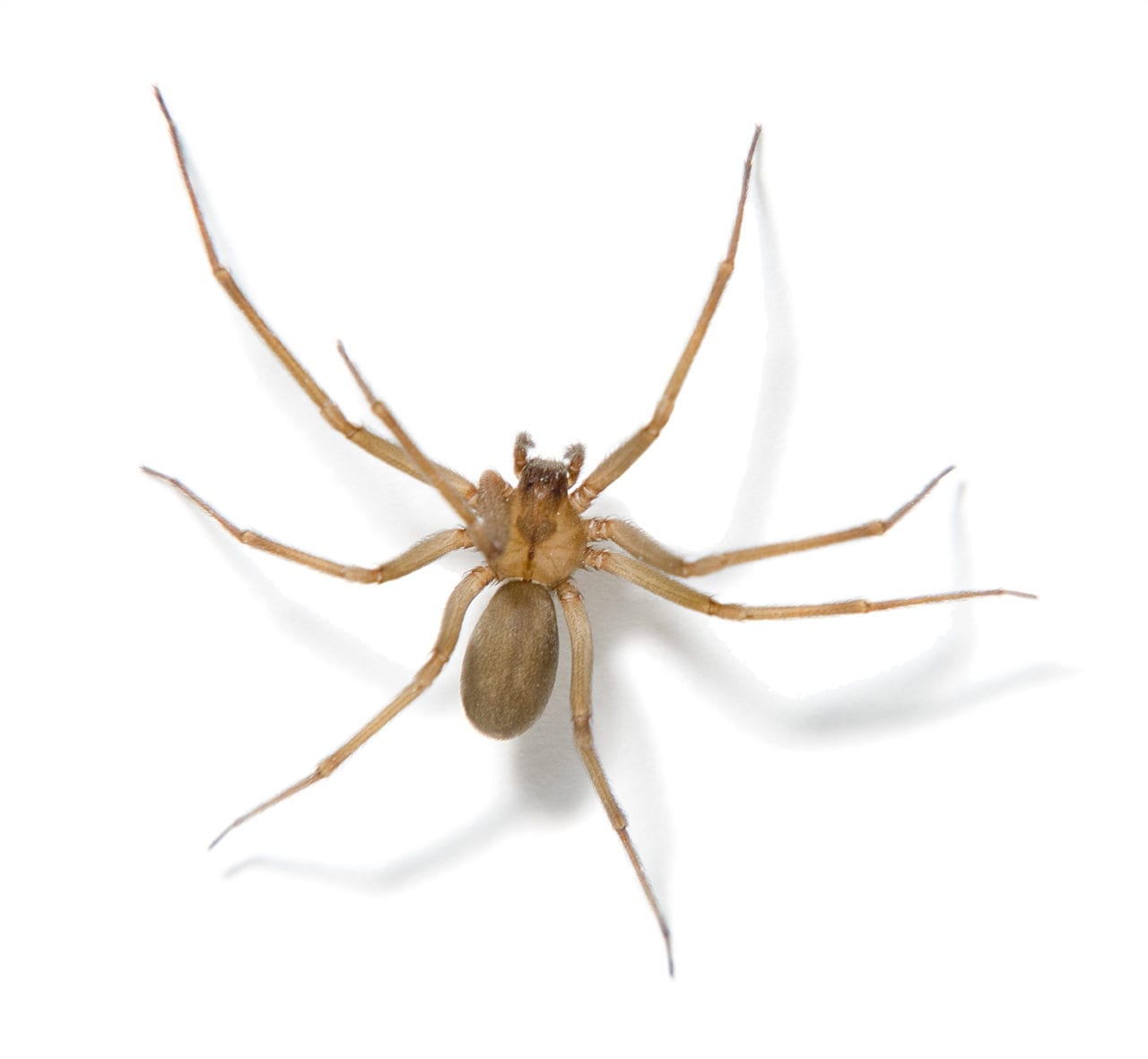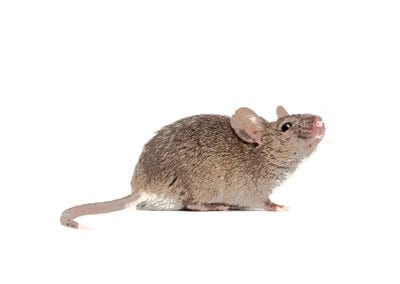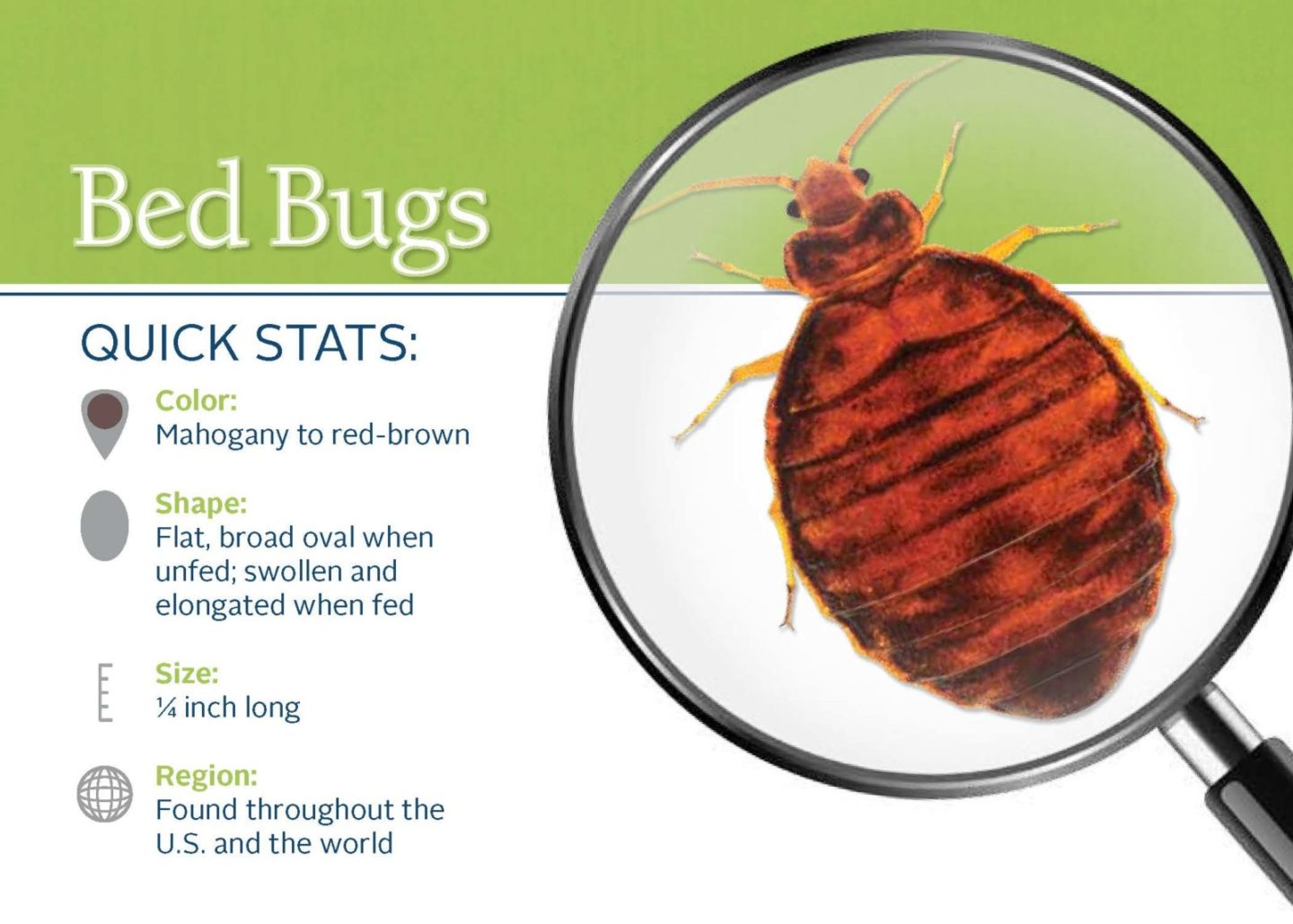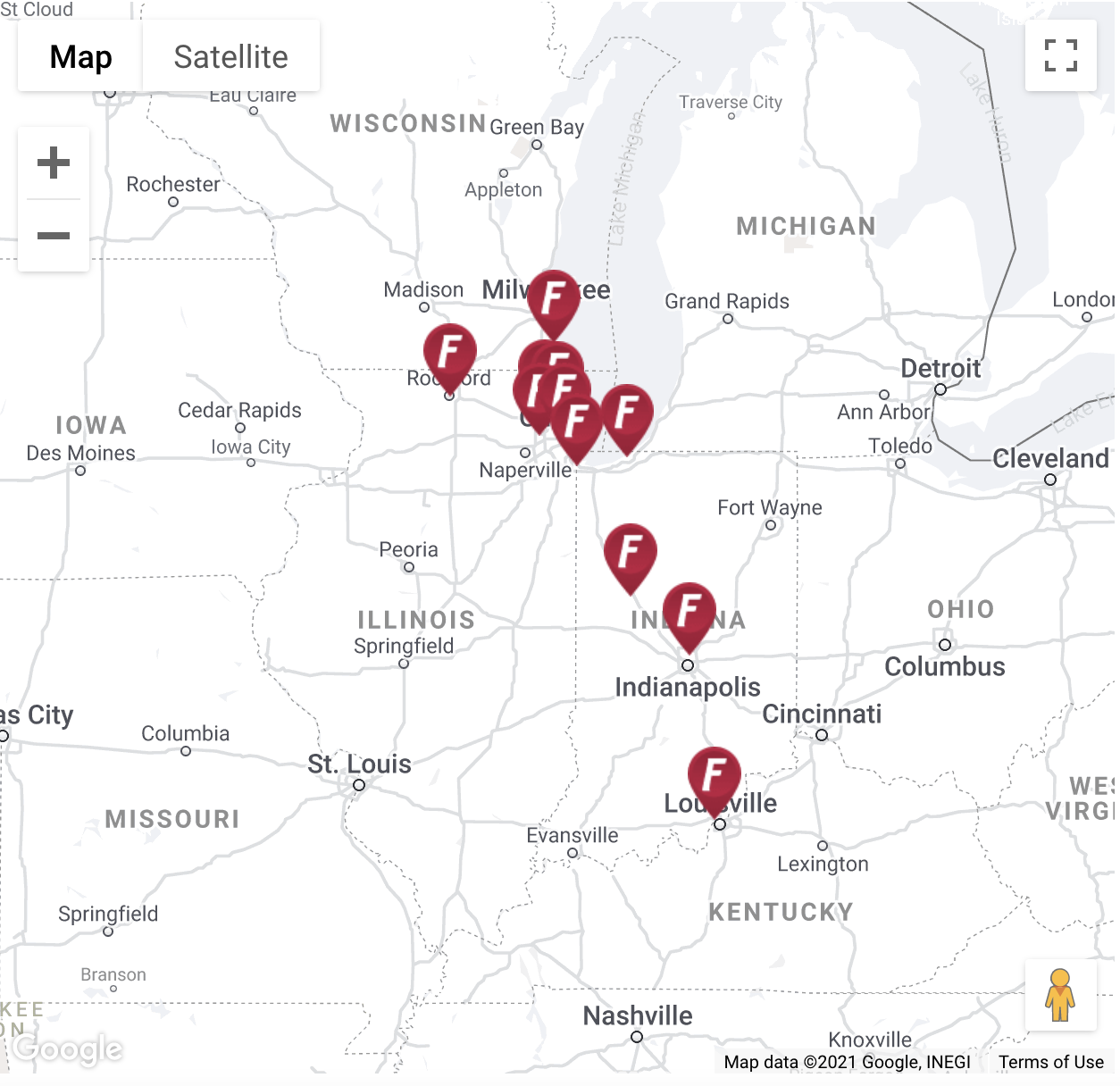Summer Vacation Prep Time! Ready to Travel Again?
Summer travel is finally happening. And it’s SO EXCITING!!! With the excitement of getting out of the house you’ve been cooped up in the last year and a half, it’s easy to forget best traveling practices. We want you to have an absolute blast at your destination. We’re also here to remind you of some really good tips and tricks because we care about your well-being! Read through this list below to see what things to know before you go and your summer vacation prep checklist is complete!
Mosquito-borne Diseases 101
If you’re traveling anywhere with nice summery weather right now, you NEED to plan for mosquitos. Every single region in the world with summer climate has mosquitos at this time of year. If you happen to be vacationing in Iceland or Antarctica, you can totally skip this part. Those are literally the two places in the world mosquitos do NOT exist. Mind-blowing, right?
The most important thing to remember is insect repellent. And applying it correctly and frequently, just like sunscreen. The EPA has approved three active ingredients for effective repellent against mosquitos. 20% DEET, Picaridin, and Oil of Lemon Eucalyptus — check out this blog post for everything you need to know!
Mosquitos are literally the most deadliest animal on the planet.
Nearly 700 million people contract mosquito-borne illnesses each year, causing more than one million deaths. Common types of mosquito-borne diseases include malaria, dengue, West Nile virus, chikungunya, yellow fever and Zika. -worldmosquitoprogram.org
West Nile Virus is very real right here in our backyards. Read this recent Indy Star article or similarly the Louisville Courier Journal article to see the importance of staying on top of it. The following health threat cards will explain the risks. Please be aware. Please stay protected.
Summer House and Lake House Tips
When properties sit vacant for any period of time, invasions of various creepy pest species will occur. You may have heard the old expression “while the cat’s away the mice will play”. Without humans and dogs moving through rooms, spiders, mice, wasps and so many other invaders will take over the uninhabited space. Let’s go through each common kind so you know what to be on the lookout for. And know that our Healthy Home Maintenance Program can help control all of these pest populations, even when you’re not there.
House Spider
House spiders are more of a nuisance than a threat mostly because of their webs. Indoors, house spiders are most likely to be found in upper corners, under furniture, in closets, around window frames, and in basements, garages, and crawl spaces. If a spider’s web doesn’t catch any prey, it’s abandoned and a new site is selected where they’ll spin a new web.
- Brown or tan with various markings with a spherical abdomen
- Body size up to 3/8″ long
- Most commonly found indoors
- Superfast web spinners
- Harmless
Wolf Spider
Wolf spiders are found in nature under stones, wood, leaves and other low-lying debris. Indoors, the wolf spider prefers floor-level turf along walls, under furniture and in basements, where other insects may be found. Wolf spiders rest in sheltered spots during the day. People react differently to insect bites, so it’s important to seek medical attention if you are concerned about an insect bite
- Dark brownish grey with lighter striped markings on legs
- Females are typically 3/8 to 1 3/8″ in length, while male wolf spiders are about 1/4 to 3/4″ long
- Big and hairy
- Just considered a nuisance, not a harmful spider
- Lightning fast runners
- Nocturnal hunters
Yellow Sac Spider
The yellow sac spider is mostly found outdoors but can be found in homes throughout the Midwest. This spider gets its name from its coloring and the silken sac that it hides within during the day. The first step to treat this spider is to remove its webbing, seal cracks, and fix screens to eliminate entry points.
- Pale yellow to tan in color
- Between 5 and 10mm long
- Venom is usually not dangerous to humans.
- Move from side to side like scissors
- Eat other insects
Brown Recluse Spider
Brown recluse spiders are rarely encountered, but it can happen and should be taken very seriously. Once an infestation has been allowed to get worse, gaining control, because of this spider’s reclusive habits, may take up to 6 months or even longer. Specifically for this spider, cedar shake shingles should be inspected and a residual product should be applied to the exterior surface of them.
Sealing cracks and gaps in the exterior of the building will greatly reduce likelihood of spiders gaining access to your home. Reducing clutter and places for these insects to hide will make your environment less appealing for the spiders.
This spider is a health concern because of the venom which it injects into its prey and occasionally into humans who disturb it. This venom causes necrosis at the bite site and the tissue systematically dies around it while the victim also suffers from fever and inability to sleep.
- Adults are 6-12mm in length with a tan-brown coloring and a pattern on the thorax resembling the shape of a violin
- Eyes are arranged in three pairs forming a semi-circle
- They are not commonly indigenous to the Midwest, but may be transported
- Very rare to encounter
- Live in dry areas with little to no airflow and no activity
House Mouse
Effective rodent control involves sealing as many holes and cracks as possible in the outside of your home. Keep firewood stored as far from the home as possible and store it off the ground. Remove piles of debris, stones, bricks and leaves near your home’s foundation. Stuff large holes or cracks in your foundation with steel wool or wire mesh before sealing with caulk or foam—otherwise mice could chew through these materials. And since mice can slip under many garage doors, don’t forget to tightly seal the door from the garage to the inside of the house.
- Small and slender, 3 to 4 inches long, with large ears, small eyes and pointed nose.
- Light brown or light gray
- Droppings are smaller than a grain of rice and rod-shaped
- Mice live everywhere outside and are found more often indoors than rats because they are smaller and more able to fit through small openings.
- Mice can fit through a crack or hole 1/4 of an inch or larger—about the width of a pencil.
Airbnb and Hotel Rental Tips
Do you know how to look for bed bugs? With everybody traveling, bed bug cases are sure to follow peak vacation season. Bed bugs happen when they get transferred from one place to another. People are just leaving their homes for the first time in months. The risk is very real. For everything you need to know, check out our previous blog post and infographic for best practices to keep in your back pocket if necessary.
In the event you do come back home with more than just the souvenirs you purchased, don’t worry. We can help. But let’s hope you don’t have to think about bed bug services because now that you’ve read up on all these good tips, you will be perfectly equipped for your best vacation ever!
Did you know we have 11 locations?
We have a lot of customers with lake and summer houses in Southwest Michigan, Lake Geneva WI, and Northern Indiana. We’re kind of like an extra layer of security for their properties even when they’re not there. We monitor exterior activity and make sure that no invasions happen! Check out our locations page to see if we service your summer home area!


